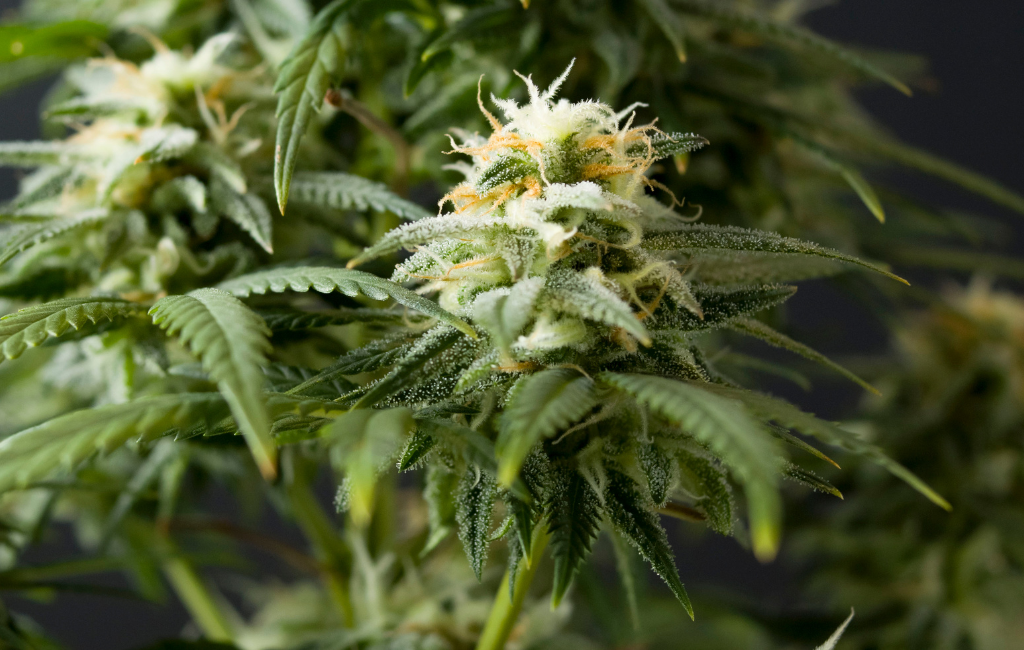The conversation around cannabis has evolved significantly over the past few decades. Once stigmatized, this plant is now recognized for the potential cannabis benefits and economic opportunities. As more regions legalize its use, understanding the multifaceted advantages of cannabis becomes increasingly relevant.
The Therapeutic Potential of Cannabis
Cannabis has been used for medicinal purposes for centuries. Modern research continues to uncover its potential in treating various health conditions. The plant contains over 100 cannabinoids, with THC and CBD being the most studied. These compounds interact with the body’s endocannabinoid system, influencing pain, mood, and appetite.
Pain Management
Chronic pain affects millions worldwide, often leading to a reduced quality of life. Cannabis offers an alternative to traditional pain medications, which can have severe side effects. Studies have shown that cannabinoids can reduce pain in conditions such as arthritis, multiple sclerosis, and fibromyalgia.
- A 2015 study published in the Journal of Pain found that cannabis use led to a 64% reduction in opioid use among patients with chronic pain.
- Research in the European Journal of Internal Medicine highlighted cannabis’s effectiveness in reducing pain and improving sleep quality in elderly patients.
Mental Health Benefits
Mental health disorders, including anxiety and depression, are prevalent in today’s society. Cannabis, particularly CBD, has shown promise in alleviating symptoms of these conditions. Its anxiolytic and antidepressant properties offer a natural alternative to pharmaceuticals.
- A 2019 study in the Journal of Clinical Psychology found that CBD significantly reduced anxiety in patients with social anxiety disorder.
- Research in the Journal of Affective Disorders indicated that cannabis use was associated with a reduction in depressive symptoms.
Economic Opportunities
The legalization of cannabis has opened up significant economic opportunities. The industry has seen rapid growth, creating jobs and generating tax revenue. This economic impact extends beyond just the sale of cannabis products.
Job Creation
The cannabis industry has become a major employer, offering a wide range of job opportunities. From cultivation and processing to retail and marketing, the sector provides diverse career paths.
- A report by Leafly and Whitney Economics estimated that the legal cannabis industry supported over 321,000 full-time jobs in the United States in 2021.
- The industry is expected to continue growing, with projections suggesting it could support over 500,000 jobs by 2025.
Tax Revenue
Legal cannabis sales contribute significantly to state and local tax revenues. These funds are often allocated to public services, including education and infrastructure.
- In 2020, Colorado collected over $387 million in cannabis tax revenue, which was used to fund public schools and health programs.
- California’s cannabis tax revenue exceeded $1 billion in 2021, supporting various state initiatives.
Environmental Considerations
Cannabis cultivation can have both positive and negative environmental impacts. Sustainable practices are essential to minimize the ecological footprint of the industry.
Sustainable Cultivation Practices
Adopting sustainable cultivation methods can reduce the environmental impact of cannabis production. These practices include using organic fertilizers, implementing water conservation techniques, and utilizing renewable energy sources.
- Indoor cultivation often requires significant energy, but solar panels and LED lighting can reduce electricity consumption.
- Water conservation techniques, such as drip irrigation, can minimize water usage in cannabis farming.
Challenges and Solutions
While the cannabis industry offers numerous benefits, it also faces challenges. Regulatory hurdles, market saturation, and environmental concerns require careful management.
- Regulatory compliance can be complex, with varying laws across regions. Businesses must navigate these regulations to operate legally.
- Market saturation in some areas can lead to increased competition and reduced profit margins for businesses.
Conclusion
The potential benefits of cannabis are vast, spanning therapeutic, economic, and environmental domains. As research continues and legalization expands, the understanding and utilization of cannabis will likely grow. Embracing sustainable practices and addressing industry challenges will be key to unlocking the full potential of this versatile plant.
